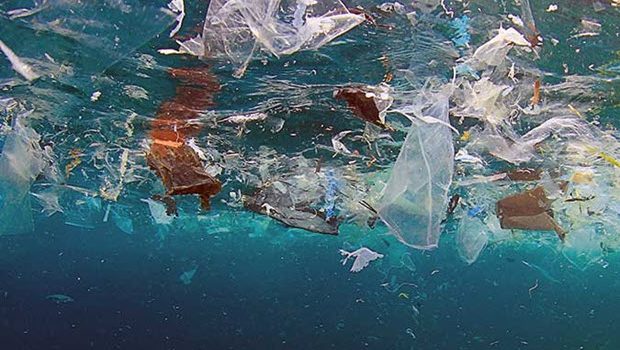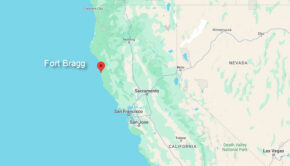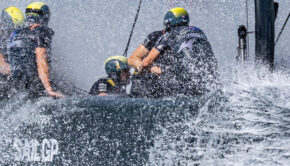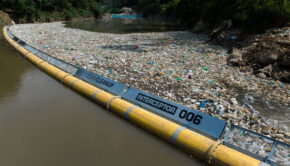State Of The Gyres
Published on August 14th, 2017
Our oceans and waterways cannot absorb the amount of plastic going into them. Here’s an update by Stacey Nedrow-Wigmore in BoatU.S. Magazine on the state of the gyres and a look at some of the ways we’re trying to clean them up.
Take a massive area of ocean. Add swirling currents from wind and the earth’s rotation. Gradually mix in plastics of all types and sizes. Bake well under ultraviolet rays while stirring continuously for decades. This is the not-so-tasty concoction that makes up our world’s gyres — the natural phenomenon of rotating currents that appear at 30 degrees north and south latitudes of the North and South Pacific, North and South Atlantic, and Indian oceans.
An estimated 8 million metric tons of plastic floating debris enters the oceans each year. Some washes back on our shores or sinks in coastal waters. The rest accumulates in the centers of these undefined gyres. Called “garbage patches,” they’re not so much islands of trash as many people imagine, but instead they’re “like pepper flakes swirling in soup,” according to Sarah Lowe of the National Oceanic and Atmospheric Administration (NOAA) Marine Debris Program.
Sizing Up The Problem
Though plastics are spread throughout all the oceans, the “Great Pacific Garbage Patch” is probably the best known and most studied due to its location between California and Hawaii. It was first named and publicized in 1997 by a boater, Captain Charles Moore, on his return voyage from the Transpac sailboat race. He encountered piece after piece of plastic waste floating by. Two years later he founded Algalita, a marine research and education organization focusing on plastic pollution and its impacts on marine life and ecosystems.
The actual size of these gyres cannot be precisely measured because the borders and content constantly change with ocean currents and winds. But we do know that the North Pacific subtropical convergence zone (created by the interaction of the California, North Equatorial, Kuroshiro, and North Pacific currents) for instance, is roughly estimated to be around 7.7 million square miles — an area approximately the size of Canada and the U.S. together.
Algalita is preparing to publish a 15-year retrospective study that reveals a significant increase in the amount of garbage in the gyres. Education director Anika Ballent reports that 15 years ago, Algalita took samples in 11 areas of the North Pacific gyre and counted the number of plastic pieces per square kilometer. Ballent reports that, at that time, they found six times more plastic than plankton. By 2014, similar sampling methods showed the plastic-to-plankton ratio had increased tenfold — 63 times more plastic than plankton.
Full report… click here.









 We’ll keep your information safe.
We’ll keep your information safe.